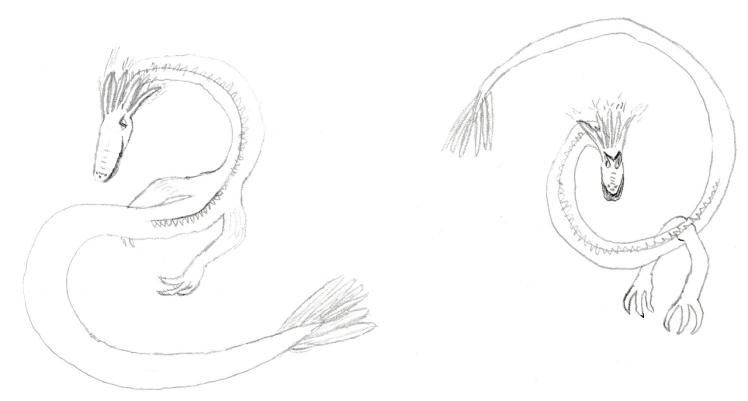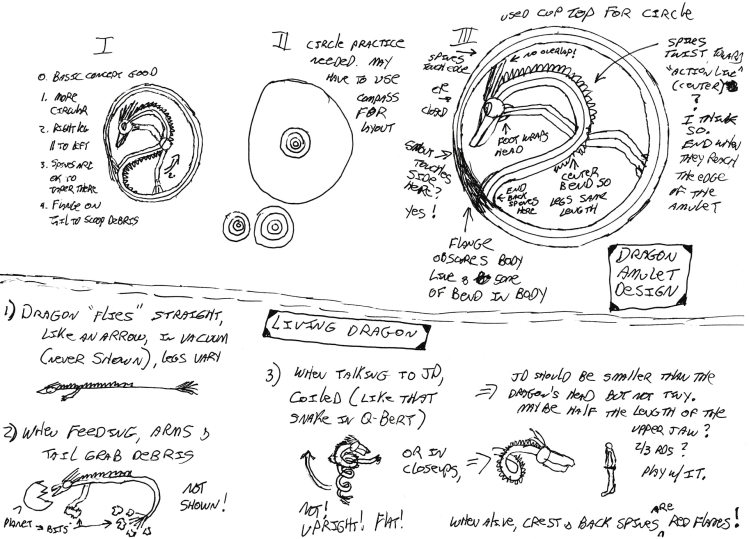As my drawing skill progresses – slowly, sometimes staggering, but always the general movement is forward – I’ve found there are things I can’t visualize. It’s not that I never will, but I haven’t trained my brain to do that yet. Fortunately, I’ve been building rulesets to accommodate problems my entire life, this is only one more example.
The basic problem is this: for large inanimate objects such as trees and buildings, and a small subset of small inanimate objects, I’ve learned (in some way) how to draw these objects from various points of view and in perspective. I’m not good at it yet but there is some perception of depth and you can understand what I’m trying to convey.
But with many small objects and animals (including people) – well, I haven’t learned to do that yet. I can draw an animal at a 90-degree angle (profile or straight on) but I can’t draw from, say, looking up as a child might see a parent or looking down as a parent might see a child. I’ve been able to get around that by having models of people to give me a hard object to move around and look at from various angles. (In case you’re interested, I’m using the Body Kun and Body Chan figures.) I use items around the house for other things.
But animals are another matter. They don’t stand still long enough. Yes, there are reference images galore on Google, but trying to find the right pose can be time-consuming… and if I’m drawing something that doesn’t exist except in my head, I can’t find the pose I’m looking for anyway.
So I hit on a solution: sculpting. Clay is pretty cheap and I’m fairly good at model-making, so I’ve started practicing making clay figures of the things in my head. Scary, man! Seriously, I’ll make, say, a dragon head. Once that’s done, I can rotate it to see how to draw it from any angle.
I didn’t start out drawing to become a sculptor – but it led in that direction. Sometimes the paths we follow cannot be predicted.

